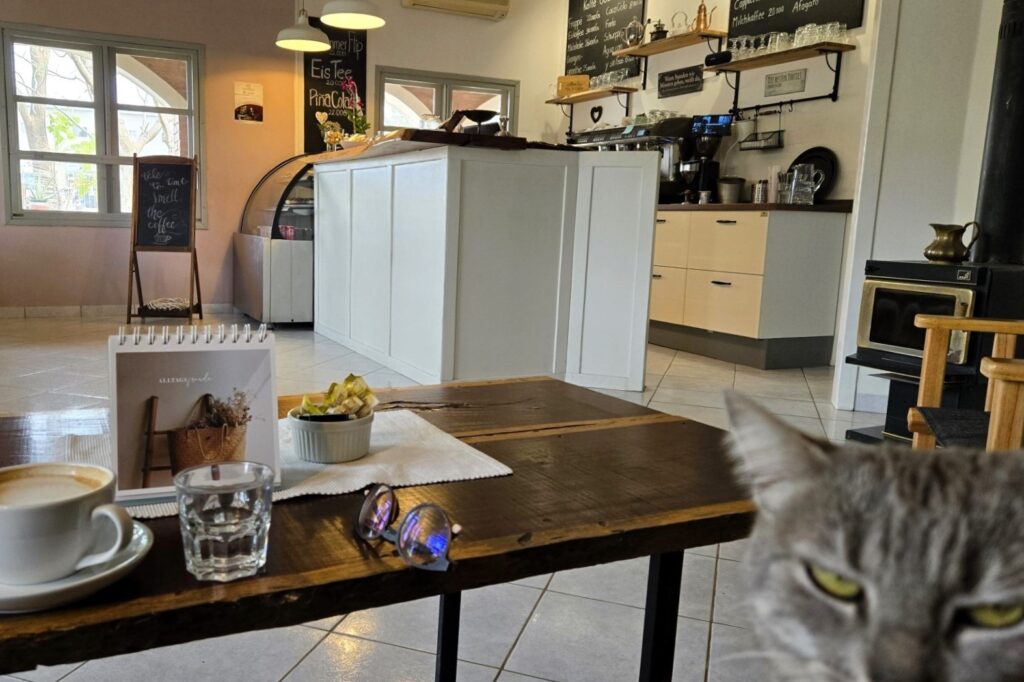Exploring Paraguay Overland: From the Chaco Desert to Asuncion and the Triple Border
My only regret about Paraguay is not having spent more time there. Being at the center of the continent, it doesn’t quite fit into the usual South American travel loop, and deviating from the main routes can be a strain on both your budget and mental serenity: flights in and out of the country are expensive—probably because it’s not exactly the hot spot on everyone’s list—and good luck finding reliable info on bus travel across borders.
But with a little bit of determination and disorganization, I managed to fit Paraguay into my return trip by booking my outbound flight from Brazil while in Bolivia. Doing so gave me the excuse and the motivation I needed to cross the country overland, from the endless Chaco region it shares with Bolivia to the more polished eastern cities near the borders with Argentina and Brazil. I planned to enter Brazil via Ciudad del Este, where the three borders of Paraguay, Argentina, and Brazil converge.
I didn’t know much about Paraguay. It was the lack of practical information in the first place that deterred me, and probably many other travelers, from visiting the country. My knowledge of Paraguay was pretty much limited to two facts: it ranked first as the number one poorest country in South America, even surpassing Bolivia, and its climate was unbearably hot. I also came across claims that there wasn’t “much to see,” which, for me, was more of a perk than a drawback as it promised a break from the usual sightseeing grind. However, what really tipped the scale from neutral to intrigued was learning about a German Mennonite settlement in the middle of nowhere called Filadelfia. If I was going to Paraguay at all, I had to go there.
During my week of overland travel across the country, I was caught off guard by a whirlwind of contrasts: from nauseating wealth to glaring poverty, from sleek modernity to dirt-road comfort, from oppressive heat to downright bitter cold. Plus, the traditional clothing commonly worn in Bolivia was painfully missing, exposing Paraguay’s poverty in its most unfiltered form. I did manage to escape the furnace: arriving in late August, coming down from my ivory tower of pleasant sunshine and cool breezes that was La Paz, I found the weather surprisingly moderate for most of my stay, with temperatures topping 22°C and dropping to near zero on some nights.
Although Paraguay may be hard to grasp, visitors don’t feel out of place, thanks to its welcoming atmosphere that quickly makes you feel at home. The country feels like it belongs to everyone, thanks to a diverse population that sets it apart from its neighbors. People you see on the streets tend to be taller and broader compared to Bolivians or Argentinians. The majority of Paraguayans are of mixed Spanish and Guaraní ancestry, with about 20% of European descent, alongside small indigenous communities. What’s particularly striking is that unlike in Bolivia or Peru where indigenous languages are often regional, Guaraní is spoken by the majority of Paraguayans. Even non-indigenous people use it in everyday life, making Paraguay a truly bilingual country.
Historically, the country was isolated from the rest of the continent since the 1800s partly due to a succession of dictatorships. It was also shaken by major conflicts, the first being the War of the Triple Alliance (1864–1870), which led to the loss of about two-thirds of its male population. In the aftermath, the government was eager to attract new settlers, and Paraguay’s isolated nature appealed to a specific group of Australian migrants. Hence, in 1893, they attempted to establish a utopian society based on socialist principles, aiming to create one of the world’s first communist communities. The project ultimately failed due to internal conflicts. Later on, Paraguay won the Chaco War (1932–1935) against Bolivia, resulting in additional territory, and the civil war of 1947 resulted in a modern era of dictatorship.
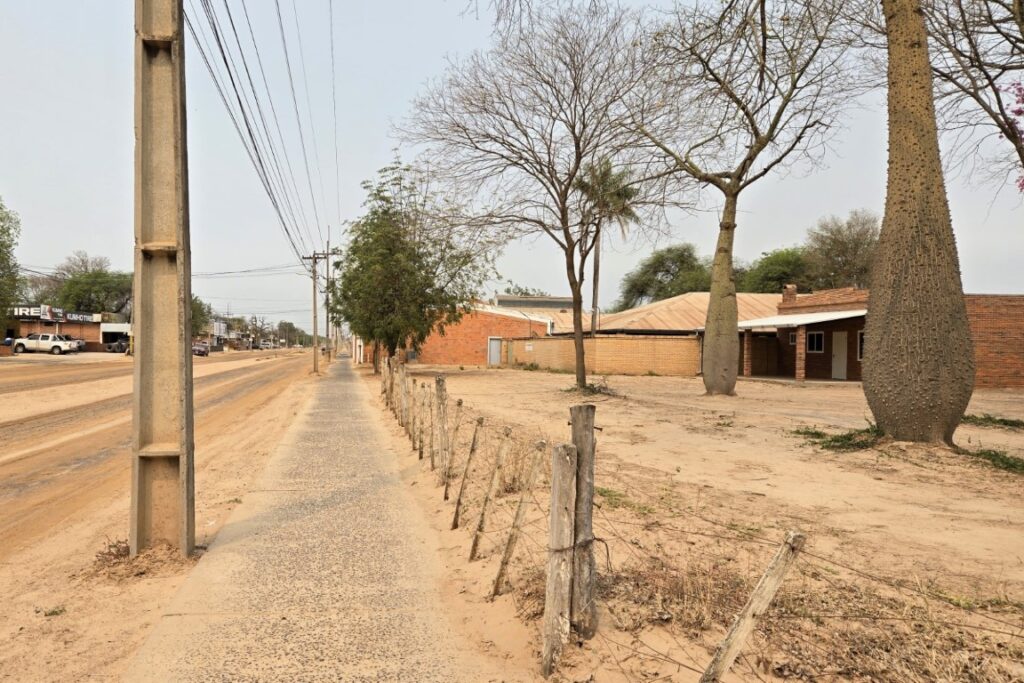
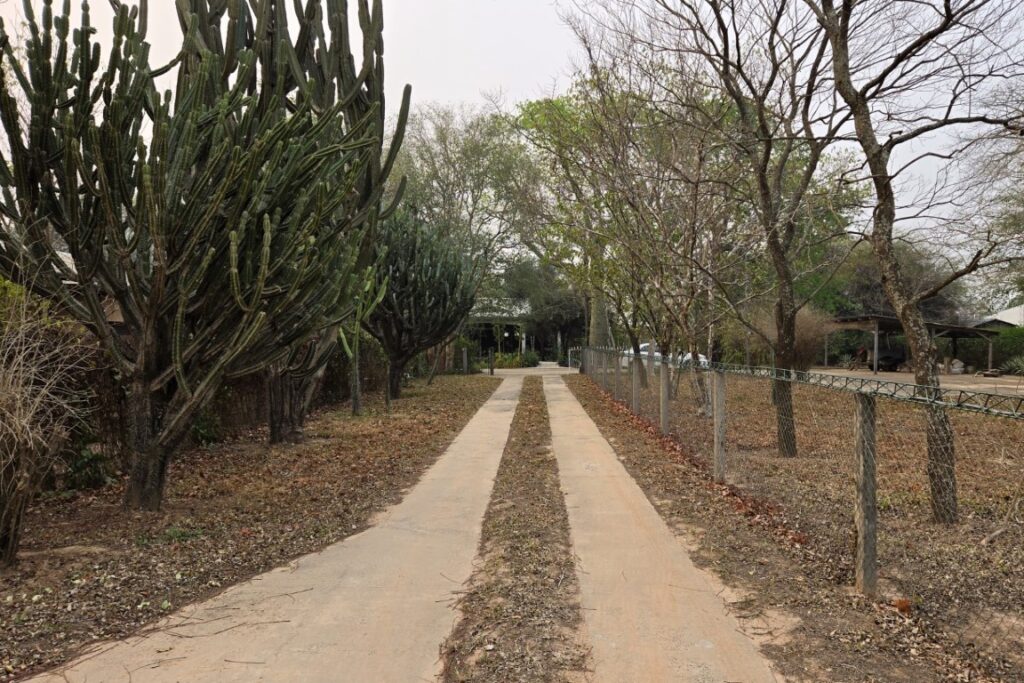
Asuncion, Encarnacion, and Ciudad del Este
Geographically, the west of Paraguay is dominated by the Gran Chaco desert shared with Bolivia, while its fancy cities are concentrated in the east, mirroring wealthier neighbors like Argentina and Brazil. As expected, there weren’t many tourist attractions. Visiting Paraguay requires an open mind, as there are no guidebooks or maps to tell you where to look.
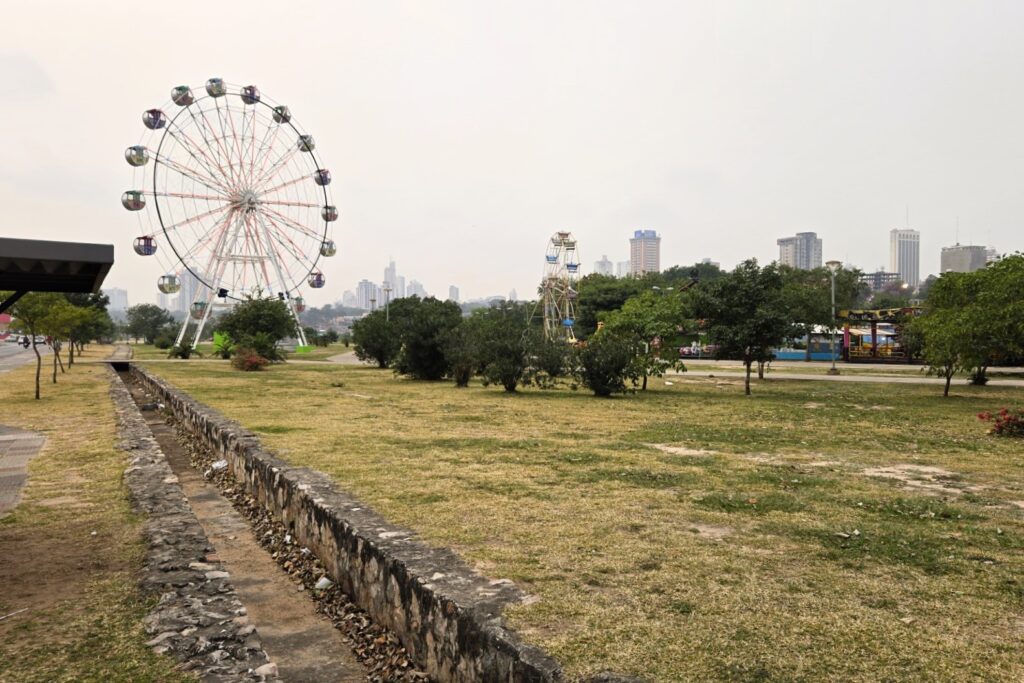
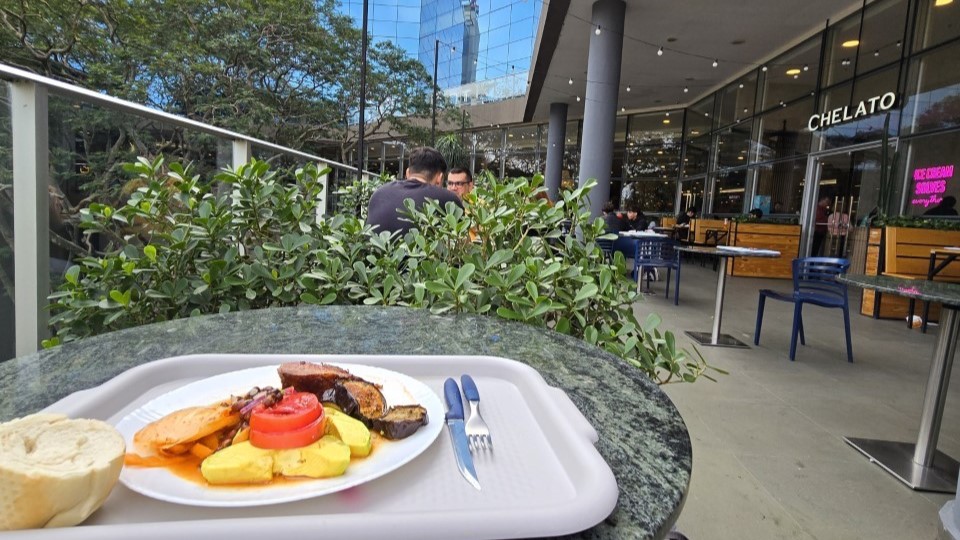
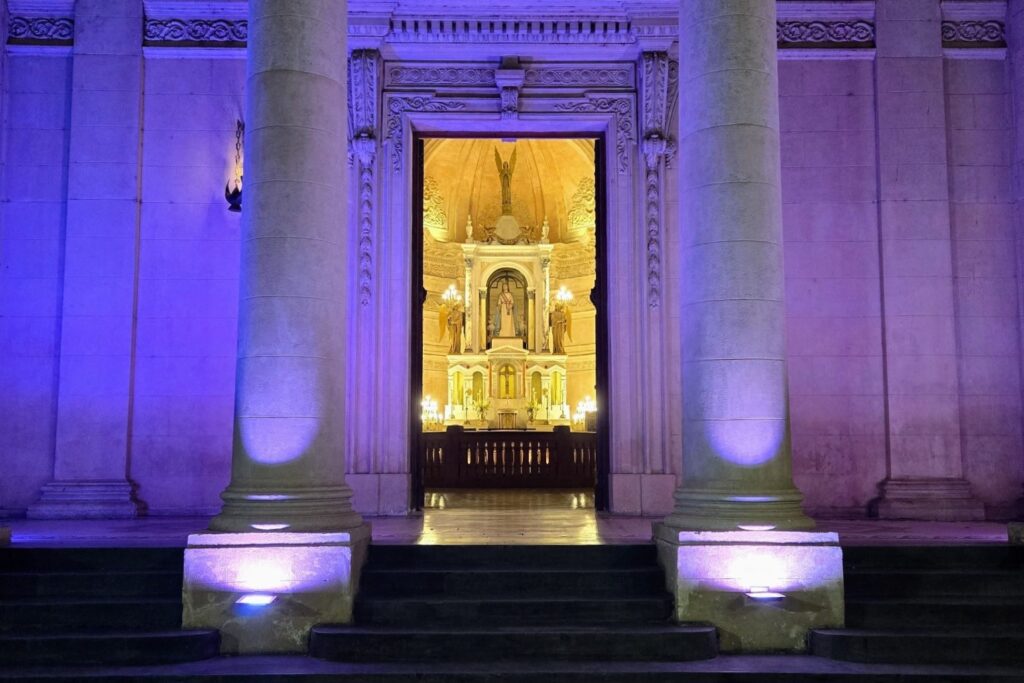
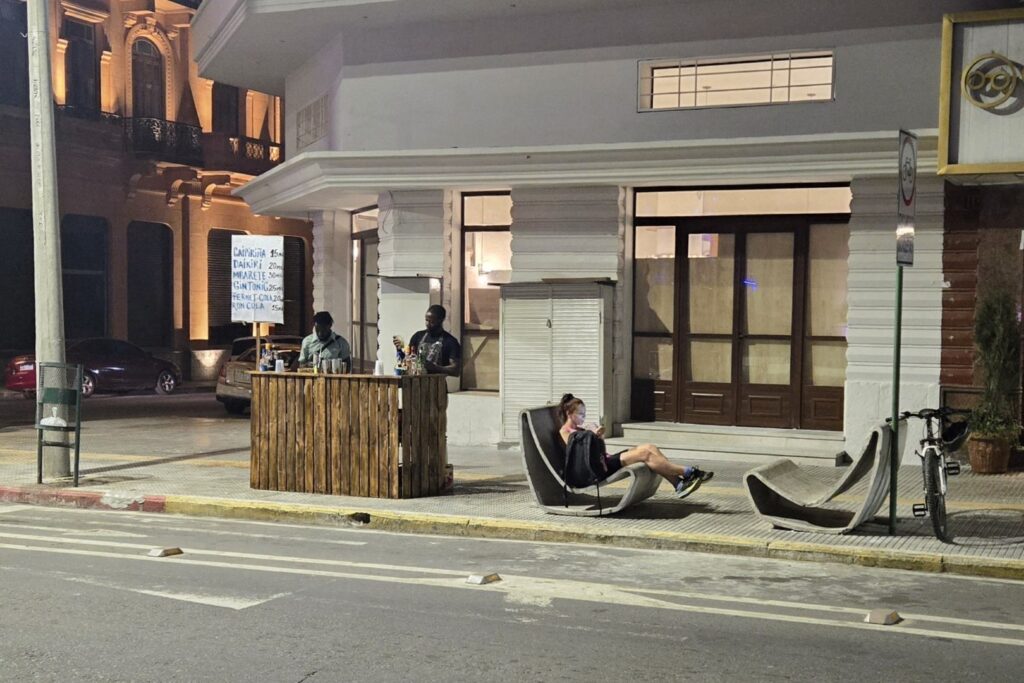
Asunción, the capital, has a laid-back charm with decaying Beaux-Arts ruins mixed with flashy modern buildings and shaded plazas. With 2.3 million residents, the city sprawls unevenly, mixing fumes, traffic, and a patchwork of undeveloped areas across its steamy streets with lots of upscale suburbs and glitzy shopping malls. A notable difference from other South American cities: the absence of stray dogs roaming the streets.
In terms of food, I found some of the best shopping mall food courts there, my favorite place to eat as a solo traveler outside of local diners. Budget-wise, it turned out to be similar to Bolivia, although affordable options can be limited. On Sundays though, the city center turns into a ghost town, with little to do beside going to the mall.
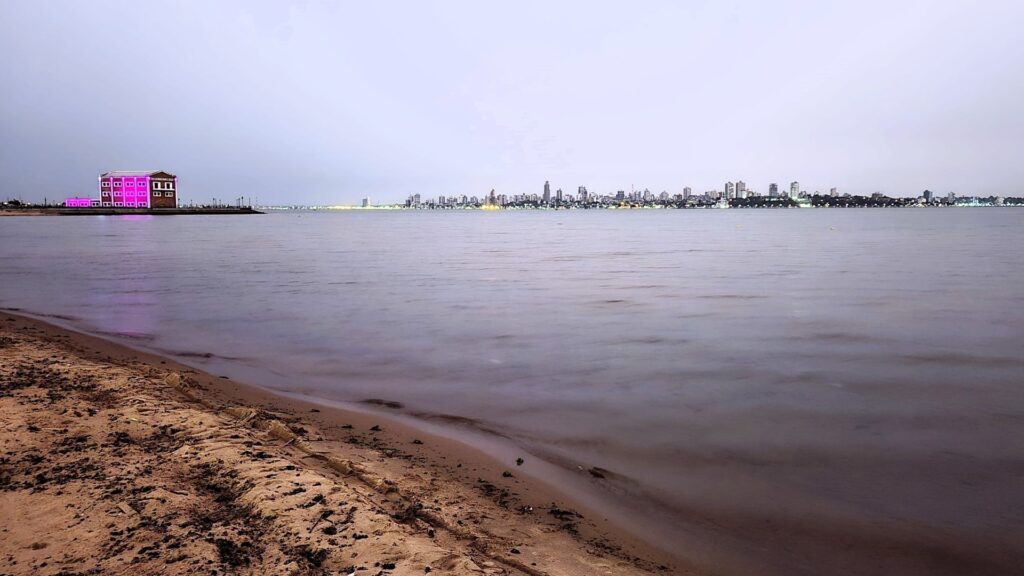

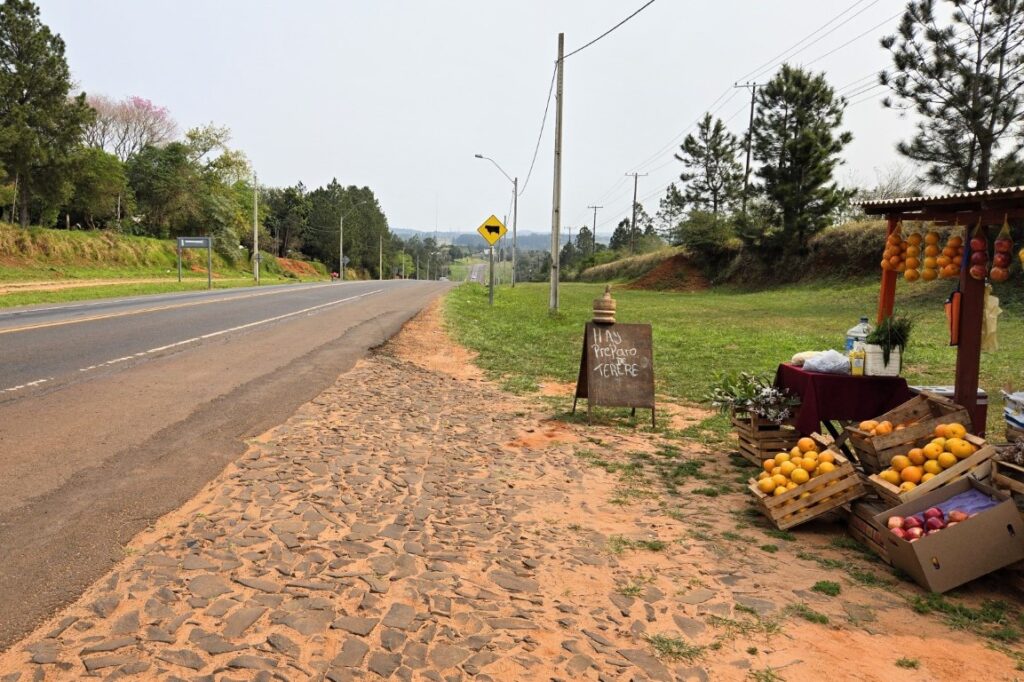
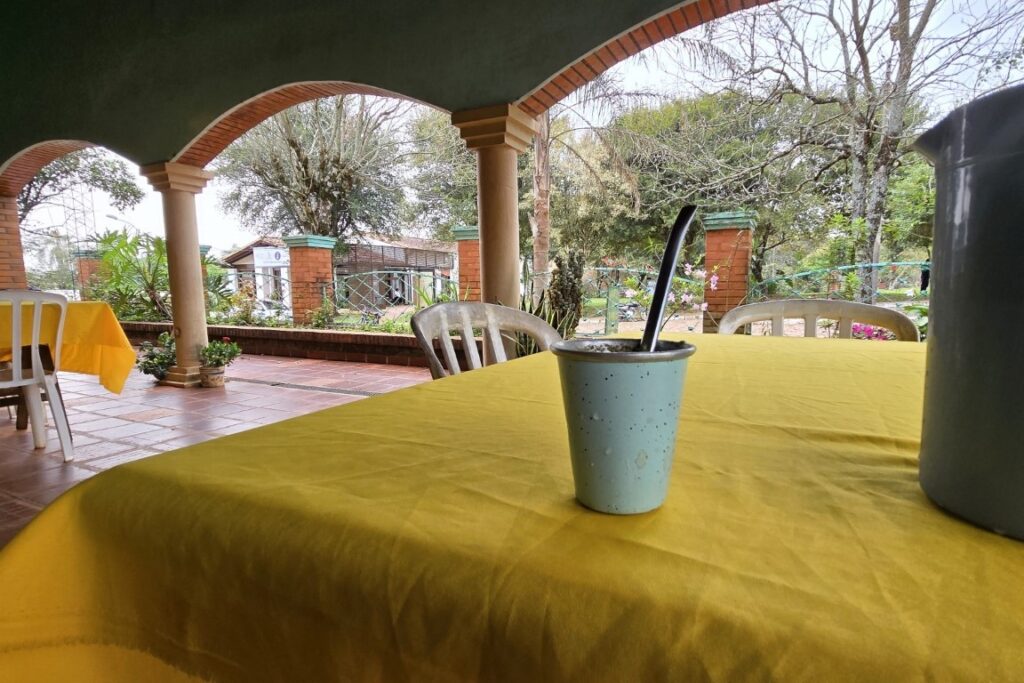
Just four hours away, Encarnación offers a slower pace and a vibe reminiscent of a seaside town. Across the river, the skyline of Argentina’s closest city provides a modern contrast to Paraguay’s modest urban profile and beach. On weekends, Argentine tourists pour into Encarnacion for shopping sprees.
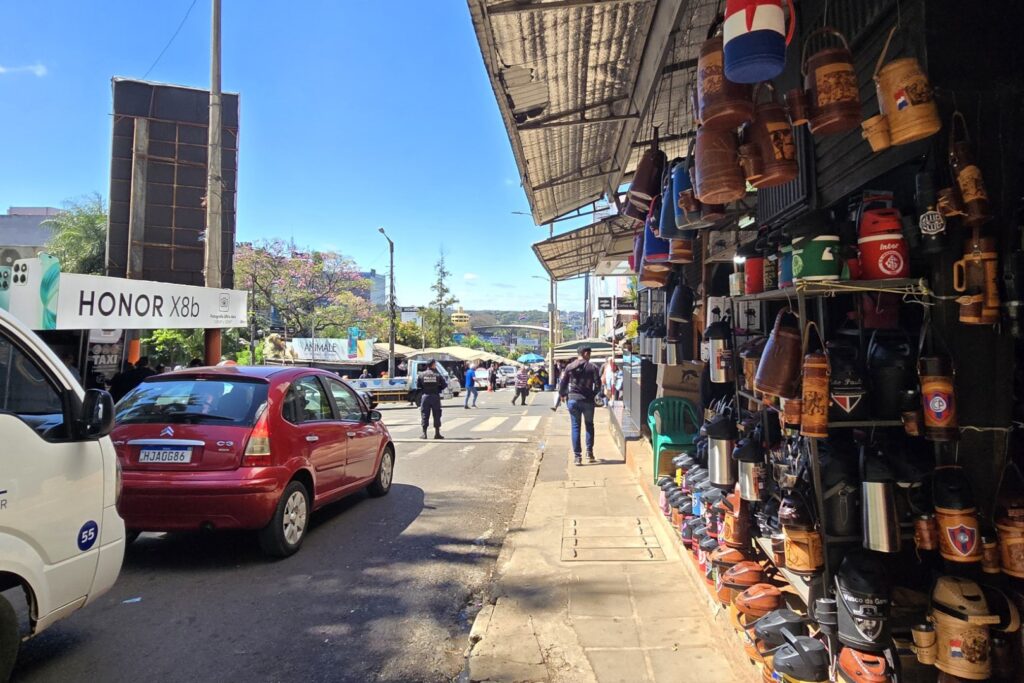
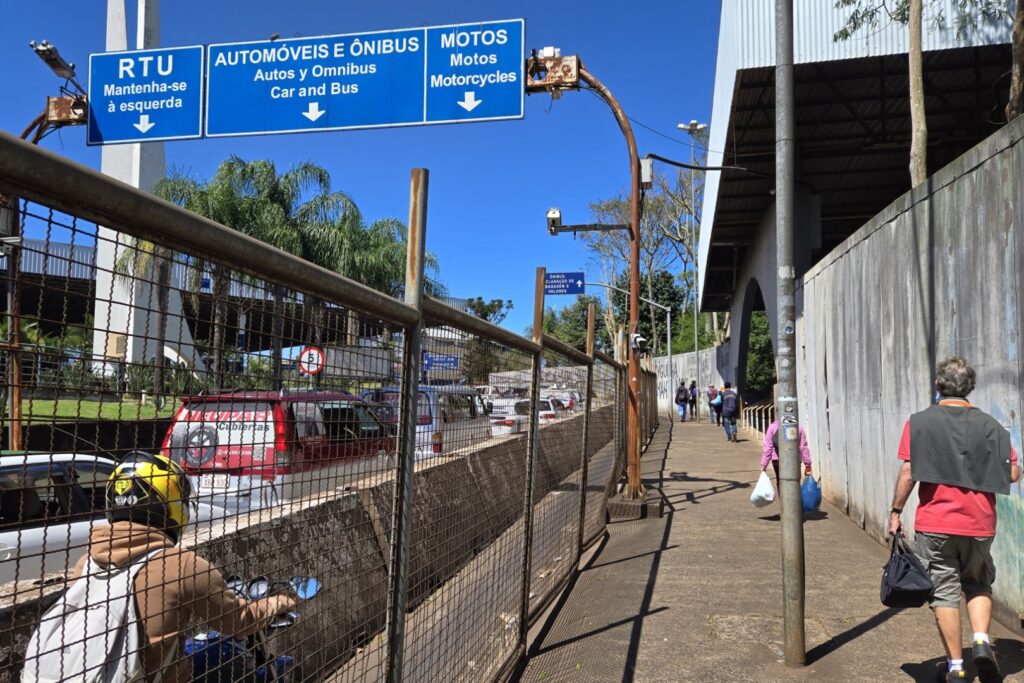
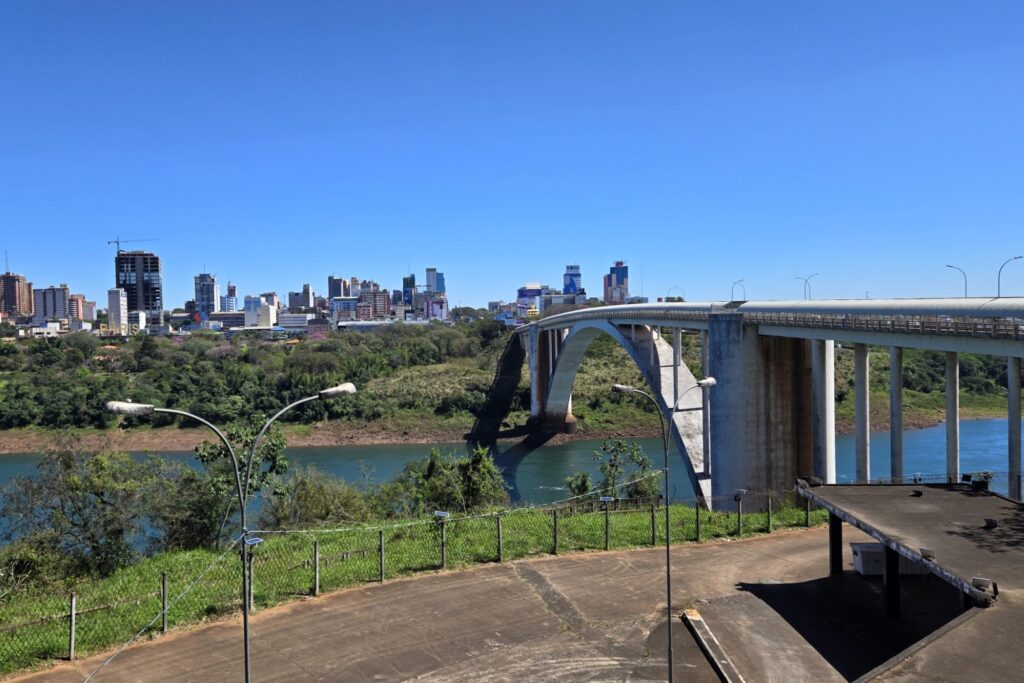
Ciudad del Este, located at the tri-border junction with Brazil and Argentina, feels like another world entirely. Connected to Foz do Iguaçu on Brazil’s side via an easily crossed international bridge over the Paraná River, the city radiates the chaotic energy of a capitalist free-for-all. Its atmosphere is less Las Vegas glamour and more back-alley warehouse, with a frenetic, unplanned layout. After sundown, Ciudad del Este becomes a no man’s land, with deserted streets and absent lighting casting an eerie shadow over the city: it’s best to stay indoors.
I happened to arrive at the same time as a surreal storm; by 4 PM, the sky was pitch black, and rain poured down in torrents. But by morning, the weather had flipped—clear skies and a crisp, refreshing breeze greeted me as I prepared to cross the border. Walking in the direction of the shopping streets and the Friendship bridge with my backpack, I stopped at a chic café for a perfect cortado and a questionable croissant. Across from me, a group of Chinese business people negotiated with Paraguayan merchants, and a handful of Chinese restaurants lined the other side of the street. I haven’t had the chance to spend more time in the city, but I would have gladly spent a week wandering around this capitalist jungle to see what lay beneath.
